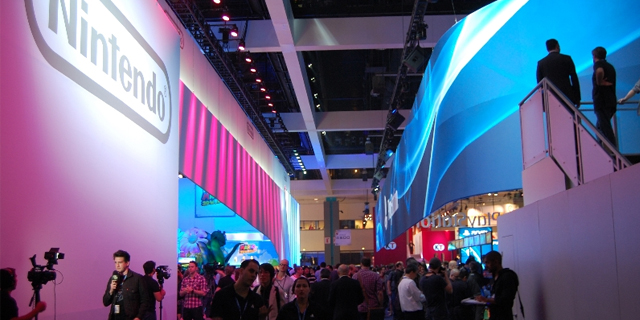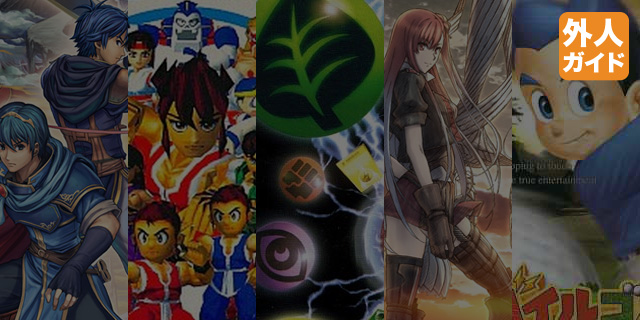
Realism in games is a touchy subject. There’s a distinction between praising a game for being “so realistic” and a game verging into “too realistic” territory. Make a game that mimics real life and you won’t have a very fun game. It must be a fine, wobbly line that developers walk to ensure there’s a mix of suspension of disbelief, a rational plot and a physics engine that will allow us to appreciate, but not critique too harshly.
Currency, or rather acquisition of currency, shouldn’t be as much of a chore in games as it is in life. What drives our society shouldn’t necessarily be present in games. Sure, we enjoy a different political world, or different sociological issues that mimic the near future of our own, but it’s a fine line. That being said, I truly believe that artists, animators and level designers should welcome our little planet with open arms when it comes to constructing levels and use its landscapes as a source of inspiration when creating new worlds. READ MORE

It’s E3 time, and we’re reviving the Speculator for a special prediction competition! Six Snackbar staff weigh in on the Microsoft, Sony and Nintendo events at this year’s E3. Who will win?
READ MORE

It’s a fairly common game development practice: build on a game’s engine and assets to make a new experience on the same platform with less time and effort. It’s resulted in some all-time great games, like The Legend of Zelda: Majora’s Mask and Grand Theft Auto: Vice City, and it’s also meant dev teams could deliver more than one title in a generation.
These games aren’t often the ones we miss; once a series starts being localized, it tends to stay that way for a while. But sometimes it happens! Thankfully, these are easy games to import, as you know the controls and systems well from the previous game we did get. In this edition of Gaijin Guide, I’m sharing five games that follow this formula and could be worth your time.
READ MORE

I often hear from some people that a game’s visuals are less important in the grand scheme of things. They don’t matter as long as the game is engaging or enjoyable in some regard. I once believed this, falling behind the same lazy credence when discussing certain titles. Nowadays, I find this belief silly. A game’s visual style can draw you into its world immediately almost as quickly as it can keep you away. It’s the most obvious thing, and yet it seems rarely discussed.
Games are praised for their visuals, sure, but an amazing, well-established art style can go a long way. Sometimes we tend to forget that.
READ MORE

In the early ’80s the home computer market flourished, with dozens of machines from myriad manufacturers, each with unique hardware gimmicks and software libraries. It was the Wild West of computing, seeing rapid expansion alongside a total lack of order. Big names like Atari, Commodore, Sinclair and IBM made their mark on the fledgling market in this era, competing to prove who had the machine with the most muscle.
One benchmark with which they could measure their computers’ strengths was gaming. READ MORE
























